Our four week trip
to Borneo started with us arriving at Sandakan
on the East coast of Sabah . The Island
of Borneo is the third largest island
in the world and is made up of Malaysian States of Sabah and Sarawak ,
Indonesian Kalimantan and the tiny State of Brunei. The island has fifty endemic birds.
Our Guide, Andrew Siani, met us at the
airport and then drove us back east to Sepilok. Here we did some birding before being dropped at our lodge, Sepilok B&B, where Andrew told us that there were Malaysian Eared Nightjar at dusk and dawn. We had a quick look at dusk but were up too
late for them in the morning. As we came
out to meet Andrew at 5.45 am, we had just missed a Nightjar. It was a new bird, and none of us were very pleased that we missed it.
 |
| Birdgirl Mya-Rose Craig and her Dad in Sepilok, Sabah, Borneo Photograph taken by and copyright Helena Craig |
We then visited the
Rainforest Discovery Centre in Sepilok, very close to our lodge. Here there was remnant rainforest. Our main target was the endemic Bornean
Bristlehead. They had not been seen for
three weeks, but we still looked for hours first around the canopy tower and
then in the forest for two days walking the footpaths in the forest. Although we missed the Bristlehead, we did get fantastic views of the endemic Black-Crowned Pitta (also called Black-and-crimson Pitta). Then, on our second day, at the other end of
the Pitta trail, we suddenly heard one call. We waited in silence, on a well positioned
bench, until after what seemed like ages, we saw four of these amazing birds,
which obligingly hung around in the trees above us. We felt amazingly lucky as although it’s
possible to see these endemic birds elsewhere, they are even more rare. We also saw the near
threatened Blue-rumped Parrot, Black Hornbill, Buff-necked Woodpecker and Black
Magpie.
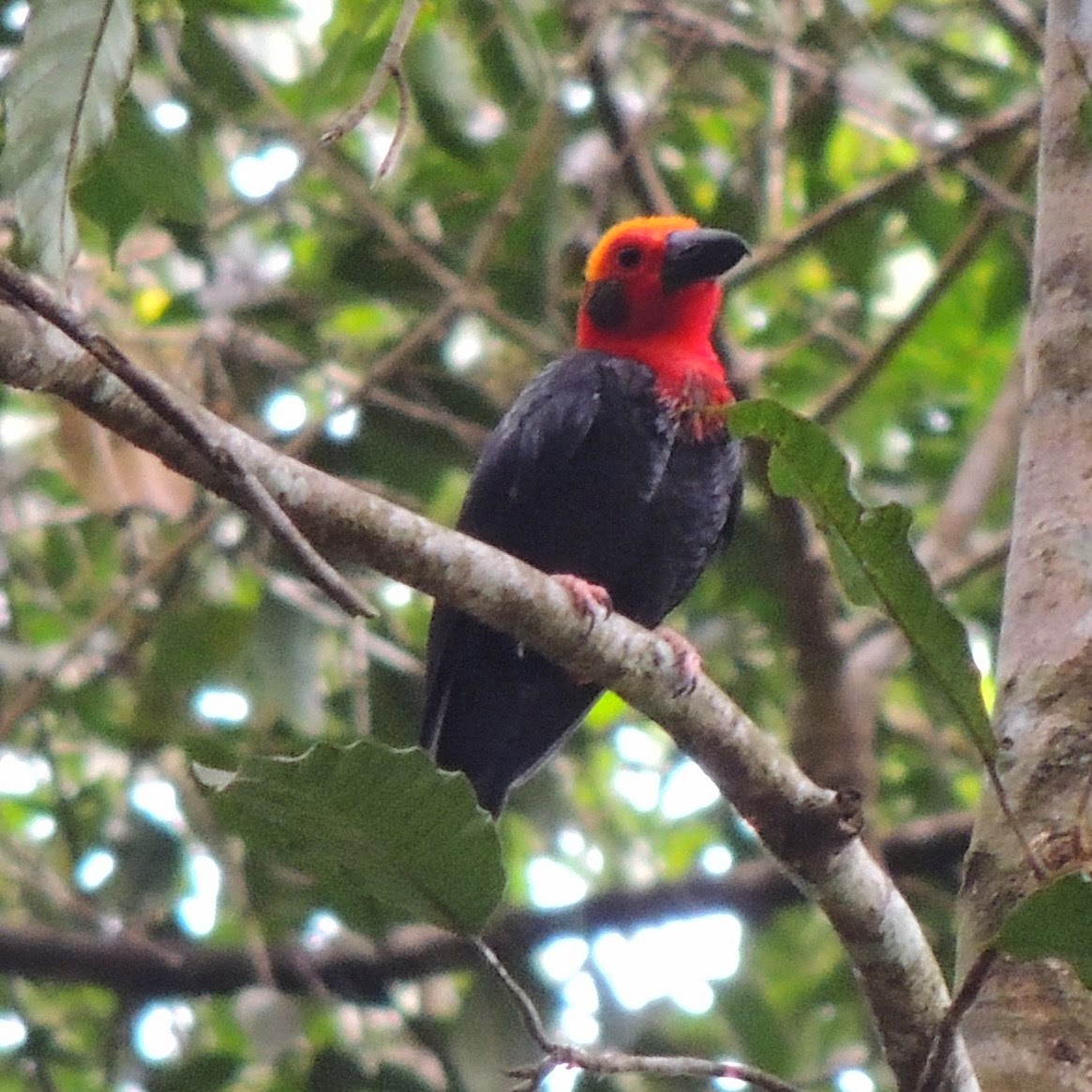.jpg) |
| Bornean Bristlehead, Sepilok, Sabah Borneo Photograph taken by and copyright Chris Craig |
We headed back to
our lodge in time for a late breakfast, which was toast and fruit, one of which
was durian fruit. I had already heard
about it, as it was meant to be the stinkiest fruit in the world. I have seen jack fruit before, so thought
durian might not be much worse. Mum put
a piece on her plate, but then put it back and started informing us how the smell was
stomach turning. She had obviously never heard of one before.
In the afternoon,
we visited Sepilok Orang-utan Rehabilitation Centre at feeding time. Here they adopt orphaned baby Orang-utan, bottle
feeding them by hand. When they are 6
years old they are rehabilitated into the wild, but continue being fed for a
year or two. It is therefore young
Orang-utan that come back for food, playing with their friends and still
enjoying their contact with humans. It
was lovely to see these fantastic creatures, knowing that each one had been
saved from death and would eventually live independently in the wild. I know they’re not wild yet, but that did not matter to me.
 |
| Orang-utan at Sepilok Rehabilitation Centre, Sabah, Borneo Photograph taken by and copyright Helena Craig |
At dinner, we met a
large group of teenagers on a four-week school expedition. It was
interesting talking to their tour leader and teachers about what they had been
doing. They had done some tough stuff like spending a week hiking around Mount Kinabalu
The next morning
Dad gripped us off with early morning views of Malaysian Eared Nightjar, which
we didn't catch up with the rest of our trip.
Then we travelled south west to the Kinabatangan River
| Palm oil plantations, Sabah, Borneo Photograph taken by and copyright Birdgirl Mya-Rose Craig |
| Palm oil plantations, Sabah, Borneo Photograph taken by and copyright Birdgirl Mya-Rose Craig |
Once we got to the Kinabatangan
River
| Pygmy Asian Elephant, Kinabatangan River, Sabah, Borneo Photograph taken by and copyright Birdgirl Mya-Rose Craig |
.jpg) |
| Proboscis Monkey, Kinabatangan River, Sabah, Borneo Photograph taken by and copyright Birdgirl Mya-Rose Craig |
Bird Tour Asia had
seen Bornean Ground Cuckoo here two days before we arrived. This was an amazing record of an impossible
to see, mythical species. With this in
mind, we spent a lot of time in the same place, listening, with no luck, for
the Ground Cuckoo. However, we did see
Hooded Pitta, a colourful and shy bird.
The downside of seeing so many elephants was that it was too dangerous
to get out of our boats and walk around.
Birders have been killed taking risks like that before. And that wouldn't be fun.
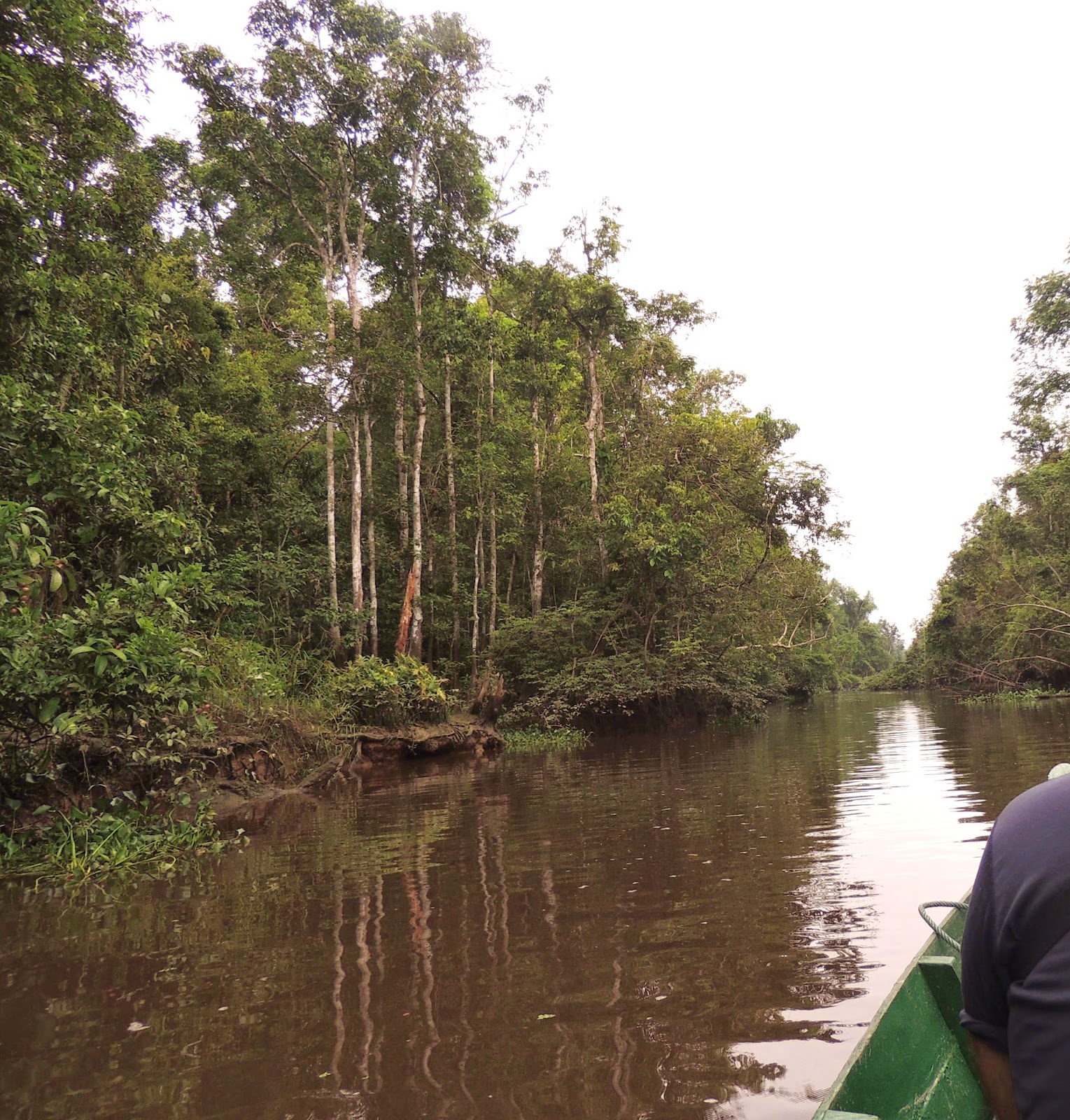.jpg) |
| Kinabatangan River, Sabah, Borneo Photograph taken by and copyright Birdgirl Mya-Rose Craig |
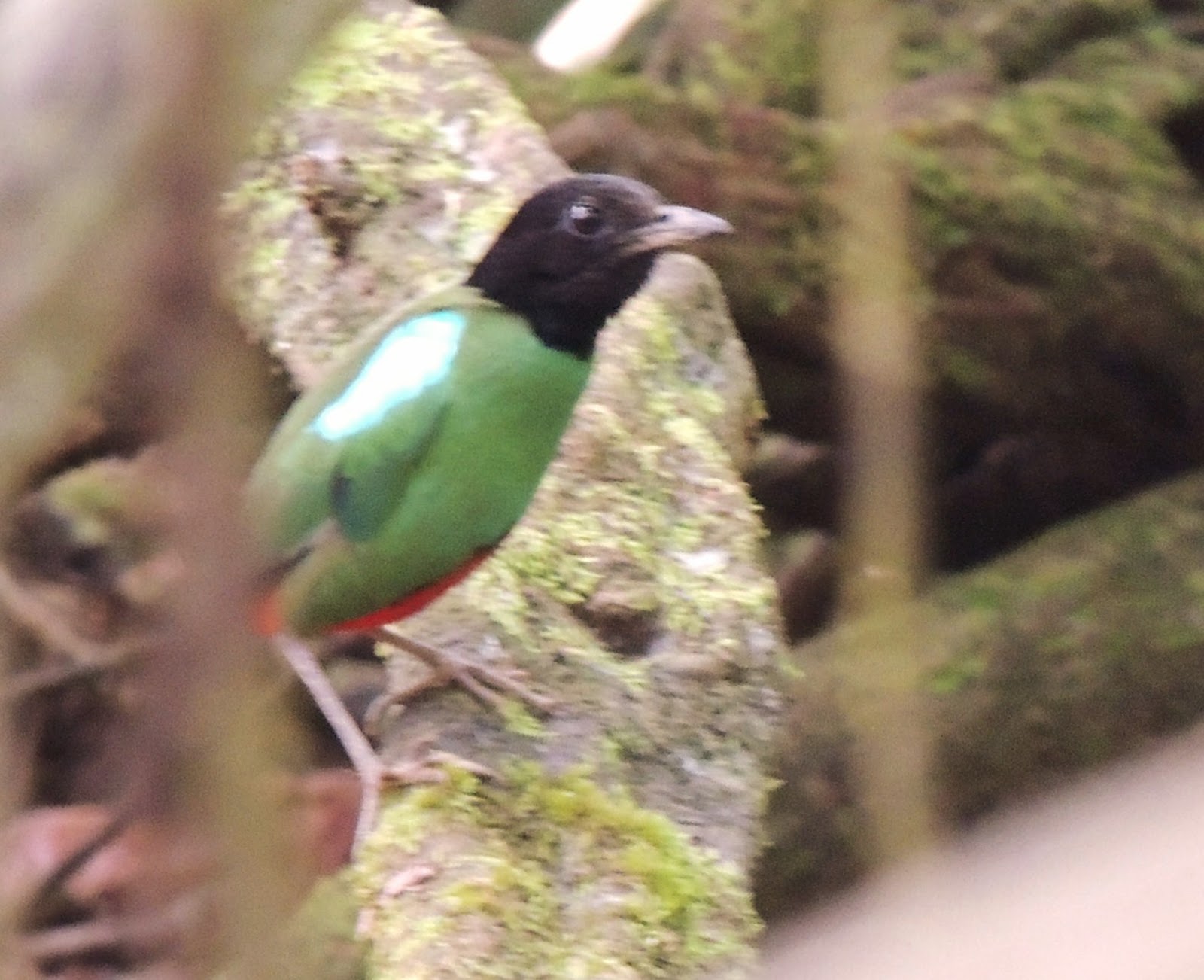.jpg) |
| Hooded Pitta, Kinabatangan River, Sabah, Borneo Photograph taken by and copyright Birdgirl Mya-Rose Craig |
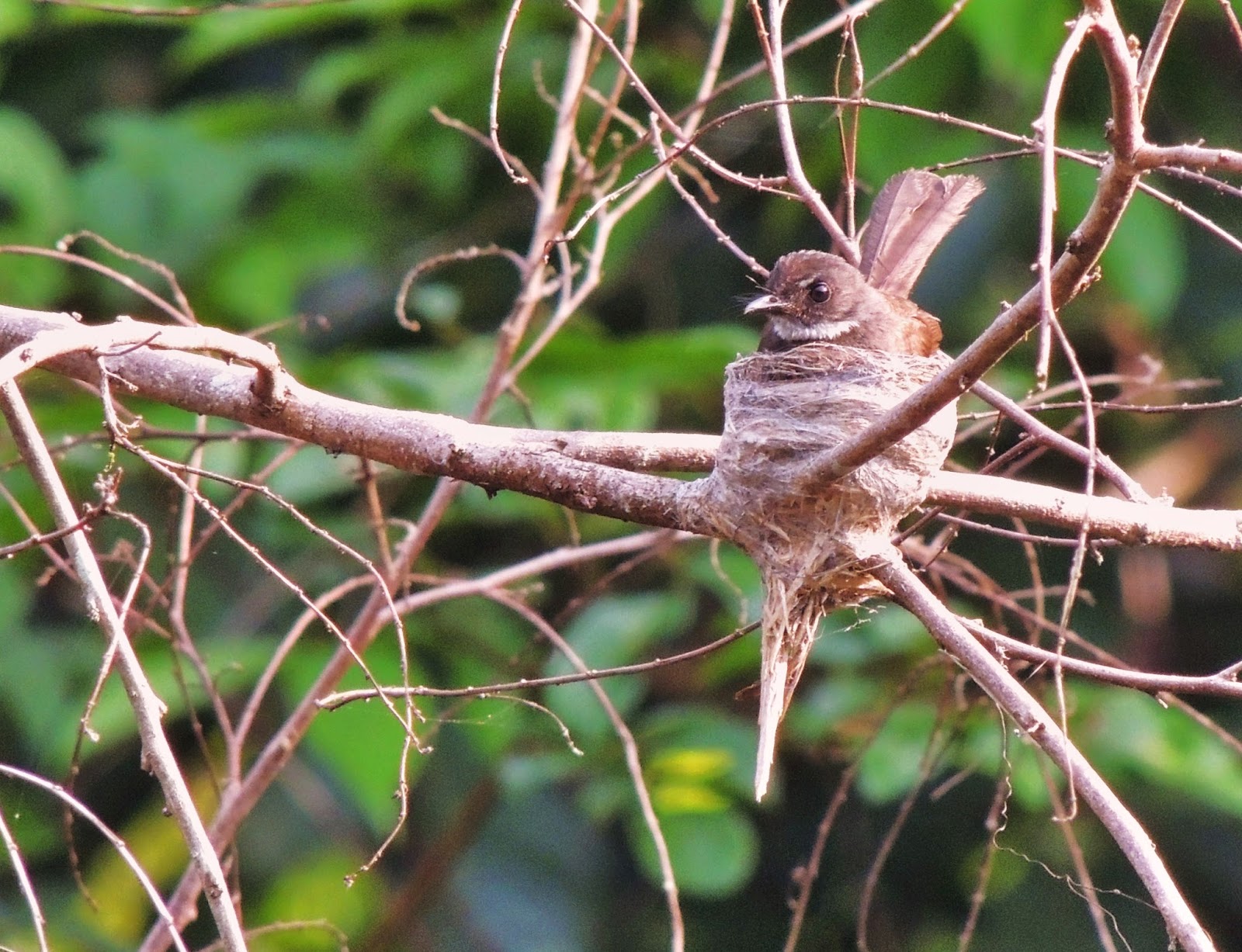.jpg) |
| Pied Fantail, Kinabatangan River, Sabah, Borneo Photograph taken by and copyright Birdgirl Mya-Rose Craig |
.jpg) |
| White-crowned Shama, Kinabatangan River, Sabah, Borneo Photograph taken by and copyright Birdgirl Mya-Rose Craig |
On our second evening, we went out night birding and saw 7 Buffy Fish Owls, the owl that we had spent hours looking for on my first evening with Mum.
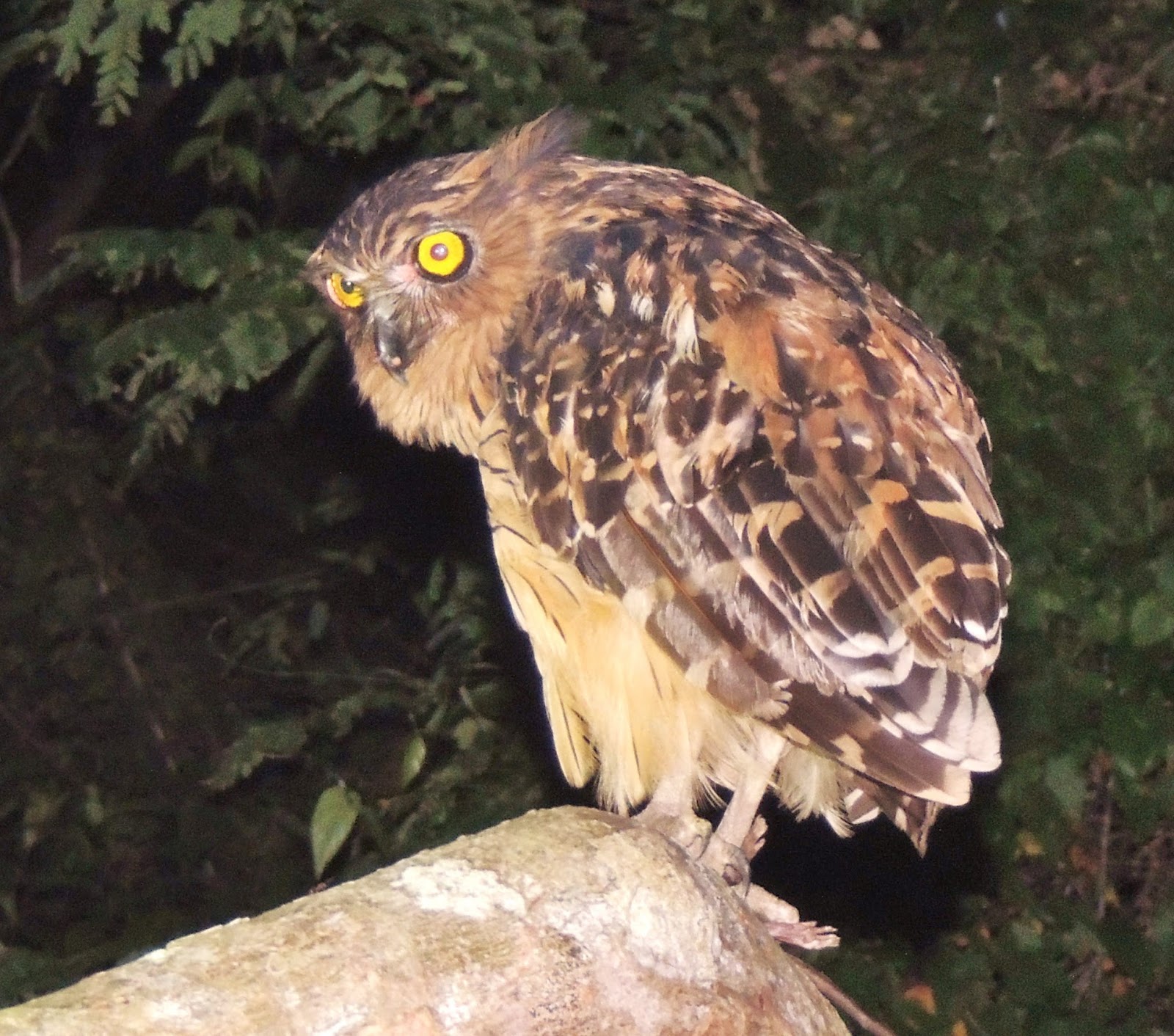.jpg) |
| Buffy Fish Owl, Kinabatangan River, Sabah, Borneo Photograph taken by and copyright Birdgirl Mya-Rose Craig |
As well as the owl, we also saw two Black-and-red Broadbill and a Bornean Blue Flycatcher roosting.
.jpg) |
| Black-and-red Broadbill, Kinabatangan River, Sabah, Borneo Photograph taken by and copyright Birdgirl Mya-Rose Craig |
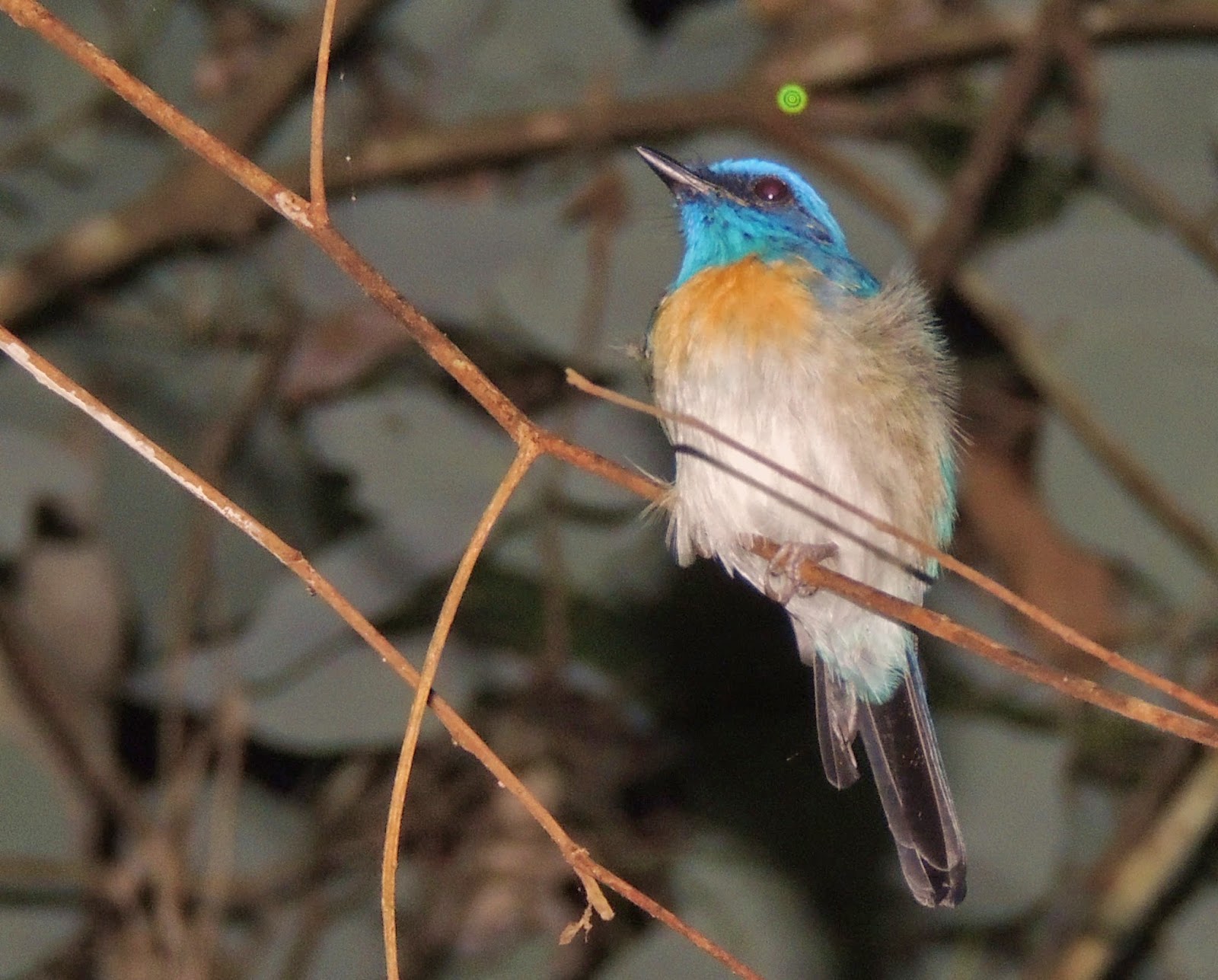.jpg) |
| Malaysian Blue Flycatcher, Kinabatangan River, Sabah, Borneo Photograph taken by and copyright Birdgirl Mya-Rose Craig |
The next day, we also saw a Storm’s Stork, which is really rare. This one was wandering around the lodge grounds. Robert Chong, the owner of the lodge, had rescued it from flood water a few years before. Now, it came back every few months and we were lucky enough to be there.
| Storm's Stork, Kinabatangan River, Sabah, Borneo Photograph taken by and copyright Birdgirl Mya-Rose Craig |
This place greatly attracts numerous tourists from varying parts of the world.amazing Images Thanks for sharing Borneo River Journeys
ReplyDelete